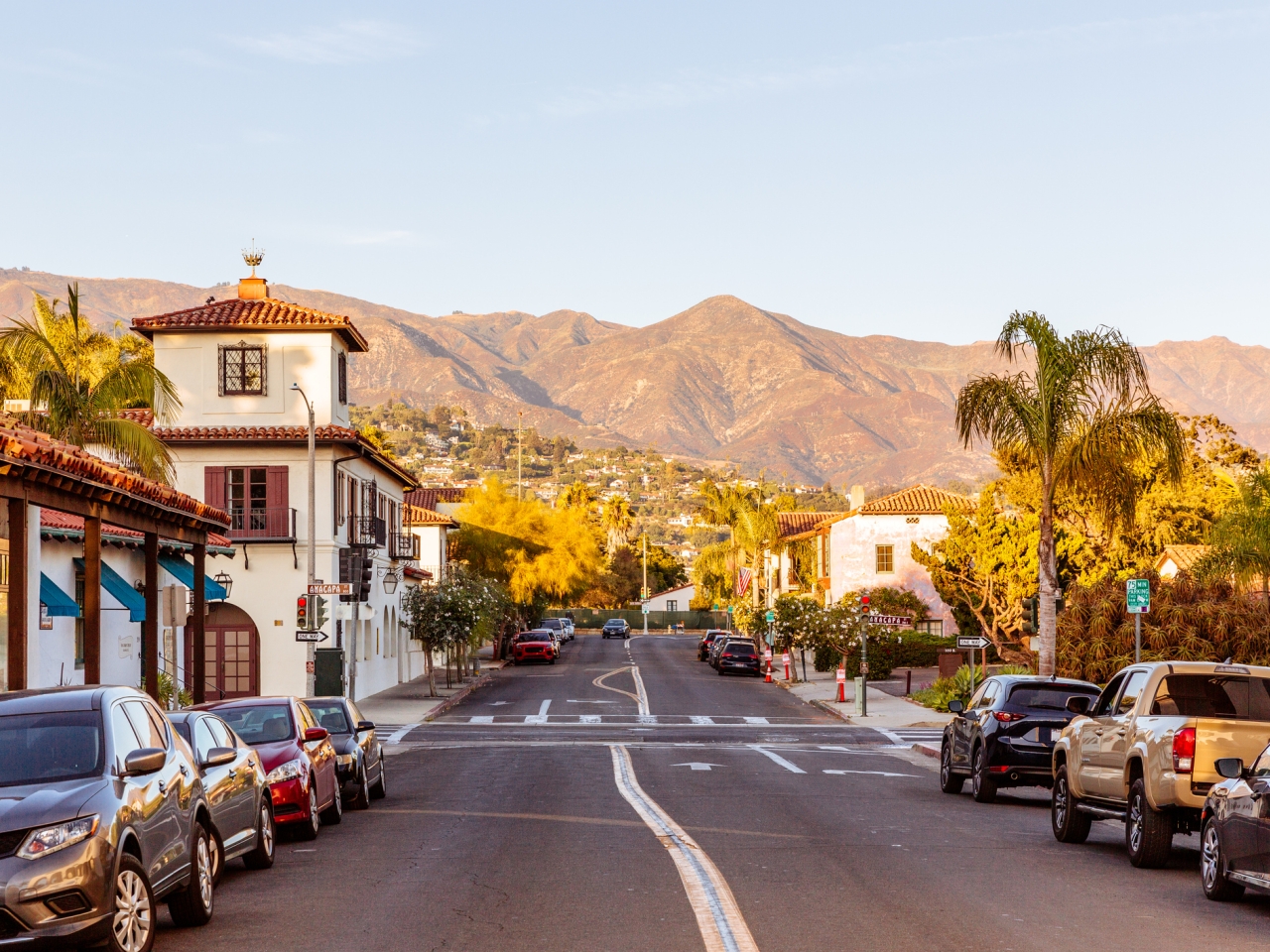If 2024 was the year of the destination dupes, then 2025 belongs to the detour destinations. Rather than flocking to destinations that are similar to major hotspots, travelers in 2025 are combining their stay in an iconic destination with shorter trips to lesser-known locales in the near vicinity. According to Expedia, 63% of travelers say they are likely to visit at least one lesser-known locale at some point during their next trip.
In this article, we’ll dive into the growth in detour destination interest and share ways that DMOs can benefit from this trend.
What is a detour destination?
Detour destinations, according to Axios, are “oft-overshadowed places near perennial hotspots worth a closer look for the budget-conscious or crowd-weary.” Unlike destination dupes, detour destinations don’t replace a better-known locale. Instead, they enhance the travel experience by giving travelers the opportunity to see additional attractions while already in the region. For example, a traveler to Rome might extend their trip by a day or two to explore the Umbrian countryside and sample chocolates in Perugia, while a visitor to New York City might zip up to Tarrytown for weekend of farm-to-table cuisine and Gothic architecture before returning to the city to catch their flight home.
What’s the appeal of detour destinations?
Planning a trip with a detour destination gives travelers the best of both worlds; they can still experience the iconic attractions of a major tourist destination while getting to explore hidden gems nearby, many of which have fewer tourists and a slower, quieter pace.
It’s also highly appealing to budget-conscious travelers, as it gives them opportunities to extend their trip without paying the full price of extra days in a more expensive locale. Amid inflation and overall economic worries, value has become increasingly important to the majority of travelers. In a 2024 survey conducted by Future Partners and the State of the American Traveler, 73.1% of respondents stated that “getting a good value for the money” was important or very important to them in their travel-planning process.
For international travelers, this practice allows them to experience multiple locales without worrying about a second plane ticket or customs process. They can pack two or three trips into one vacation by choosing regions where they can easily access both major hubs and smaller detours.
Benefits of the detour destination trend for DMOs
This trend offers obvious benefits for smaller destinations near large tourism hubs, including increased visitation and economic benefits for tourism businesses like lodging, restaurants and retail shops. As many larger tourist destinations have direct flight or transit access, a detour destination can benefit from their larger neighbor’s connectivity.
However, it can also benefit those larger destinations by providing added value for travelers. As we stated earlier, the goal of the vacation detour isn’t to replace an existing trip to a major hotspot—it’s to enhance it. Value-focused travelers might select a region based on the number of different destinations they can reasonably expect to visit during their stay, so having appealing detour options can give a major destination an advantage during the trip planning process.
How can detour destinations take advantage of this trend?
Here are several ways that destinations near major hubs can leverage this popular trend in leisure travel:
Emphasize your proximity to major travel hubs
To tap into the detour destination audience, it’s important to showcase how easy it is to get to your destination from a major travel hub, whether by transit or by car. You might do this through digital or traditional ads that indicate distance or time, or through interactive maps and itineraries on your website that show potential travelers different routes to your destination from various major cities. You can also leverage your owned channels to share content about how easy it is to travel from a nearby hub to your destination. If your destination is most easily accessible by road, consider partnering with road trip influencers, who can share their experiences stopping in your destination on one of their journeys.
Take advantage of co-op marketing opportunities
Co-op marketing programs within a region, state or nation can be powerful tools for smaller destinations, as they can offer media placements that the destination would never have access to on their own. The goal of these programs is to expand the positive economic impact of tourism across a certain area, so promoting a detour destination would help fit that bill. They can particularly help detour destinations by connecting them with travelers who might not be familiar with them but who are considering a trip to their larger neighbors.
Promote your unique experiences
The experience economy remains strong across all travel sectors, and many travelers plan their trips around one-of-a-kind experiences that connect them to local communities and cultures. Travelers who are receptive to taking a detour from a well-trodden tourist path are seeking different experiences in the various locations they visit. For example, they may want to tour world-renowned museums and shopping districts one day and stroll through quiet streets lined with historic homes the next. DMOs for detour destinations can highlight what makes them unique in comparison to their larger neighbors to provide the contrast that these travelers are looking for. Consider leveraging other trends, like dark sky and nostalgia tourism, to promote your destination’s standout experiences.
The appetite for detour destinations is a trend that can benefit many DMOs, so long as they know how to market to these travelers for maximum effect. As visitors seek to combine iconic attractions with unique experiences, their desire to stray from the beaten path can mean big economic gains for destinations across the world.






